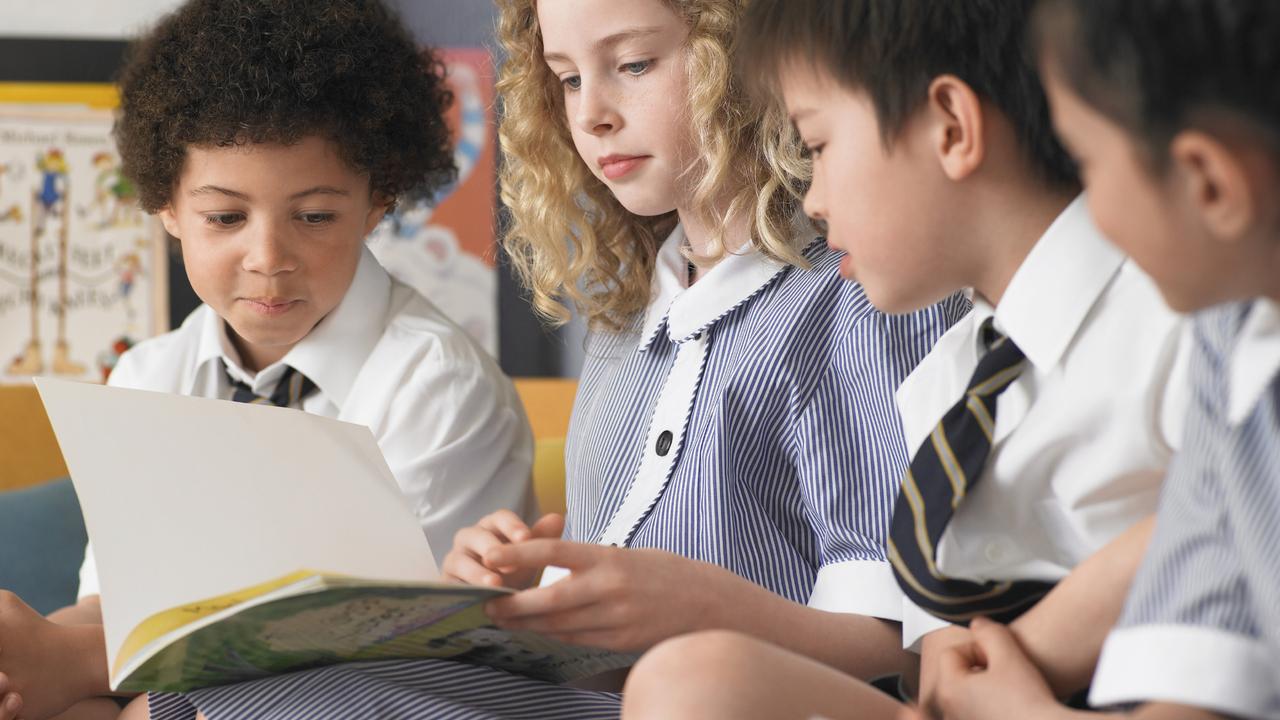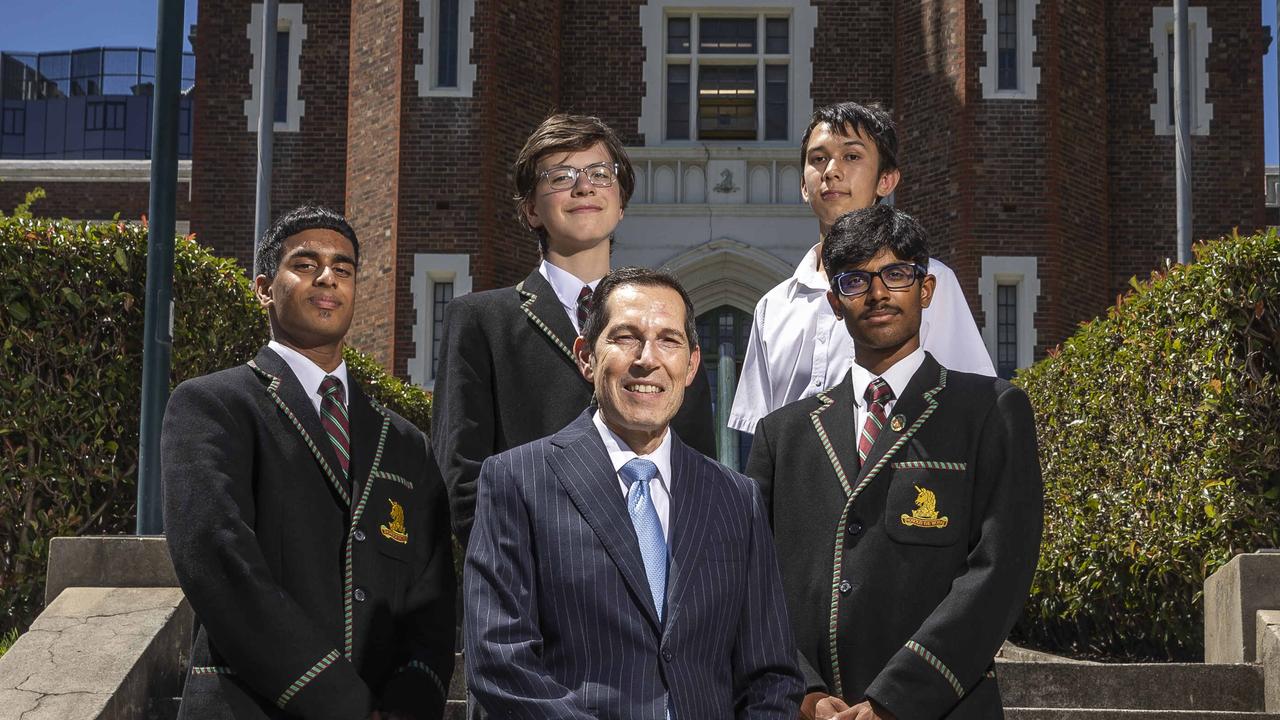Students’ mobile phone addiction causing maths grades to plummet
Nearly half of all students who are online during class are getting substantially lower grades in maths, while the number of “mean” school bullies has also surged in Australia.
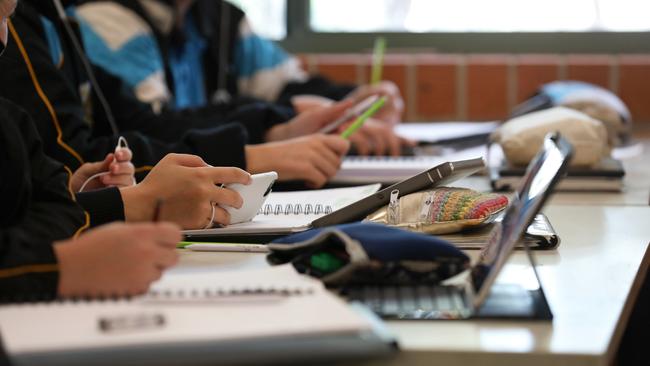
Education
Don't miss out on the headlines from Education. Followed categories will be added to My News.
The cost of mobile phone addiction is mounting for Australian teens, with nearly half of all students who are online in class getting substantially lower grades in maths.
Despite statewide mobile phone bans in schools, four in 10 students in Victoria don’t turn off their phone notifications during class or when they go to sleep, new OECD data released on Tuesday data shows.
It also reveals Australian students are among the most bullied in the world, with only students in Latvia exposed to more poor treatment from peers.
Australian classrooms are also among the most disruptive globally.
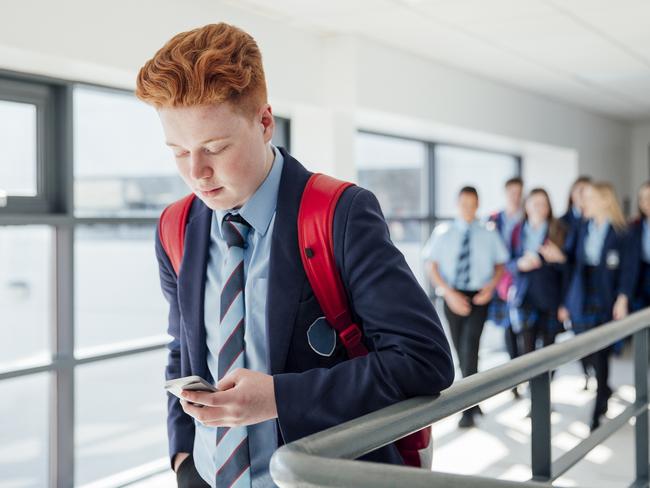
Rates of student meanness and exclusion have risen in the past four years, according to the study of 13,000 Australian students.
The results also show one in five girls and one in 10 boys feels anxious without their digital device and nearly one in 10 feels pressured to be online and answer their phones, even in class.
Three-quarters of 15-year-olds are tied to their phones, even when they’re at home, according to the 2022 Programme for International Student Assessment (PISA) data – the latest available.
This is higher for students in South Australia and Victoria, with 77 per cent reporting they keep their phones near them.
Those who are most distracted by their phones in class get 51 points less than the mean mathematics scores despite students reporting teachers help them with their learning.
Australian Catholic University senior lecturer Paul Kidson, a former school principal, said the mobile phone findings were “deep cause for reflection”.
“Something has to be done. Children are now having distant rather than immediate relationships and the data on bullying reflects this,” Dr Kidson said.
The findings, analysed by the Australian Council for Educational Research, also show students in Australian maths classrooms are worse behaved than their peers in all but two other comparable countries – Sweden and New Zealand.
Students in Victoria and NSW are slightly better behaved than those in Tasmania, SA, ACT and Queensland.
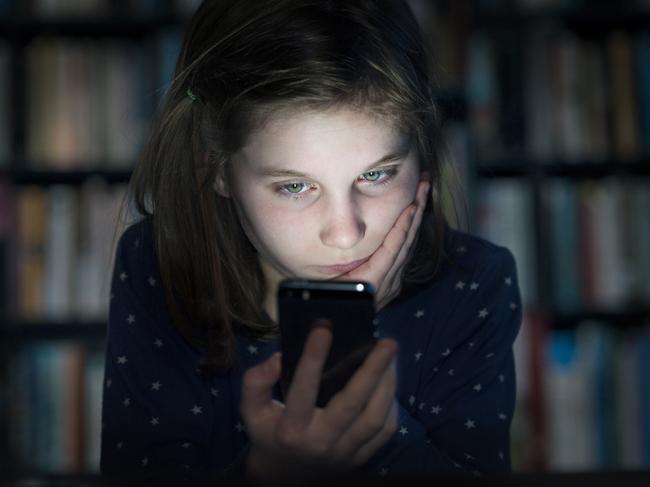
Twenty-two per cent of students say they can’t work well in maths, 29 per cent say students don’t listen to teachers and 41 per cent report noise and disorder, with government school maths classes more unruly than private schools.
Jennifer Bowden, CEO of the Mathematical Association of Victoria, said students “have the right to feel safe, have a sense of belonging, and achieve success in their mathematics classroom”.
“This is best achieved through personal connections and supportive relationships, imperative to success in education, limited and often stopped by using mobile phones,” she said.
The PISA results also show bullying rates in Australia are rising, with more than one in five students nationally saying others make fun of them and one in 10 think they are left out by others on purpose.
Nationally, one in four females and 17 per cent of males feels like an “outsider” at school or left out of things, both up from 2018.
Australian students’ sense of feeling safe at school – especially in hallways and bathrooms – is lower than in two thirds of comparable countries.
Students are also quite stressed, particularly, girls.
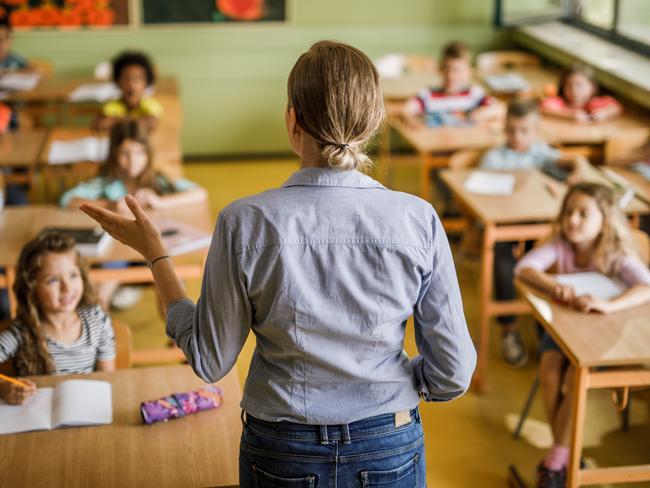
In Victoria, 71 per cent of girls compared to 39 per cent of boys gets nervous easily and 58 per cent of girls and 23 per cent of boys panic easily.
A comparison of school sectors shows students in private schools have more discipline in maths classes, higher levels of teacher support and more educational materials than those in government schools.
Those with disadvantaged backgrounds also have greater exposure to bullying, more staff shortages in schools and less educational materials.
The PISA data shows one third of Victorian parents will discuss their child’s progress with teachers on their own initiative, rising to half when suggested by the teachers.
But only one in 20 puts up their hands to volunteer.




